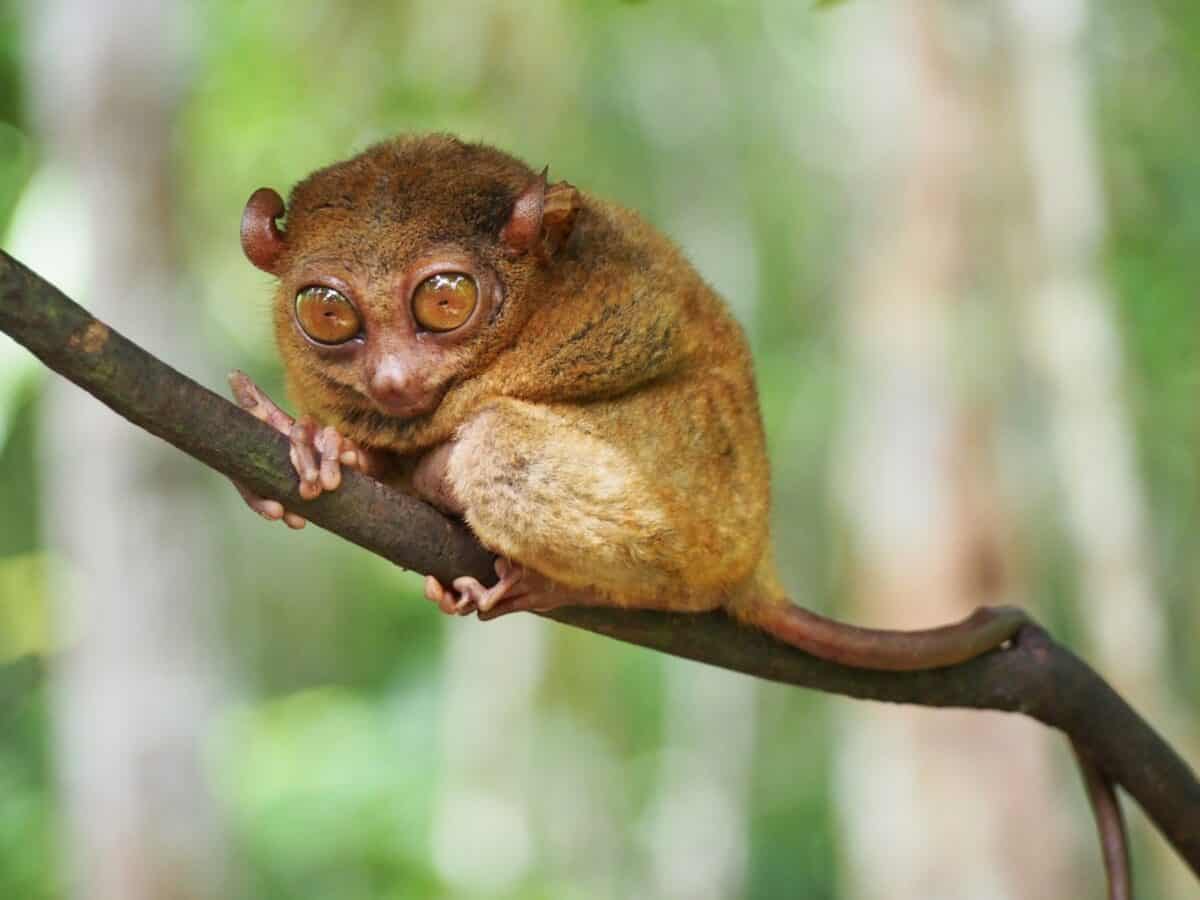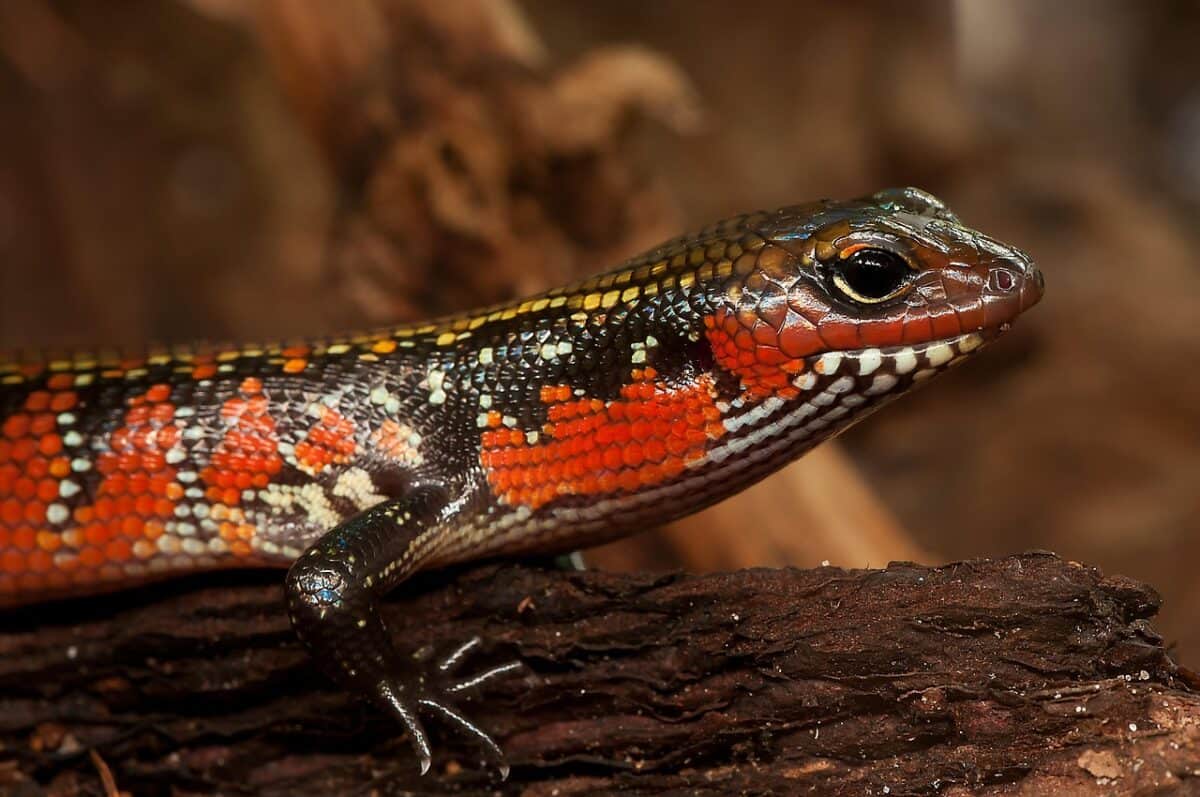In the ever-evolving narrative of life on Earth, extinction is often seen as a final chapter for species, a closing act in the theater of evolution. Yet, sometimes nature surprises us with a story of resilience and resurgence. Across the globe, scientists and conservationists have been fortunate to witness inspiring comebacks of species once thought extinct. These tales not only highlight the tenacity of life but also emphasize the importance of conservation efforts and habitat protection in ensuring the survival of our world’s biodiverse tapestry. Let’s delve into the fascinating stories of ten such species that have defied the odds.
10. The Coelacanth: A Living Fossil

Long presumed extinct, the coelacanth was believed to have vanished 66 million years ago with the dinosaurs. This remarkable fish made headlines in 1938 when it was discovered off the coast of South Africa. Known as a “living fossil,” the coelacanth’s unique lobed fins and primitive features provide invaluable insights into vertebrate evolution. Conservation efforts continue to protect these deep-sea dwellers, underscoring the importance of marine biodiversity.
9. The La Palma Giant Lizard: A Rocky Comeback

Native to the Canary Islands, the La Palma giant lizard was thought to be extinct until its rediscovery in 2007 on a rocky cliffside. Known for their impressive size, these lizards faced threats from invasive species and habitat destruction. Today, conservationists are working to ensure their survival through captive breeding programs and habitat restoration.
8. The Lord Howe Island Stick Insect: Insect Lazarus

Once feared extinct after the introduction of rats to its native Lord Howe Island, this large, nocturnal stick insect was amazingly rediscovered on Ball’s Pyramid in 2001. Dubbed the “Lazarus bug,” efforts to reintroduce this species are rigorously underway, showcasing the success of targeted conservation programs and careful habitat management.
7. The Takahe: New Zealand’s Resilient Rail

This flightless bird was believed to be extinct until an intrepid search led to its rediscovery in 1948 in the remote Murchison Mountains of New Zealand. With intensive conservation measures, including controlled breeding and predator control, the takahe population is slowly increasing, demonstrating how dedicated efforts can bring species back from the brink.
6. The Cuban Solenodon: Surviving the Odds

Once thought extinct due to deforestation and predation, the nocturnal Cuban solenodon was rediscovered in the early 2000s. This small, insect-eating mammal, which secretes venom, represents a unique evolutionary lineage. Efforts to preserve its habitat are ongoing, securing a future for this elusive creature.
5. The Pygmy Tarsier: Ghosts of the Forest

Presumed extinct until 2000, these tiny primates were rediscovered in the highlands of Sulawesi, Indonesia. With their bug-eyed appearance and nocturnal habits, pygmy tarsiers are now the focus of habitat protection initiatives to ensure their survival amidst growing environmental threats.
4. The New Guinea Singing Dog: A Wild Symphony

Once prevalent across New Guinea, this unique, melodious-singing canine was thought lost to history. Rediscovered in 2012 in its natural habitat, efforts to breed and reintroduce these wild dogs are promising. These initiatives emphasize the importance of maintaining genetic diversity among canines.
3. The Terror Skink: A Ferocious Find

Hailing from New Caledonia, the terror skink was feared extinct due to habitat degradation. Rediscovered in 2003, this skink is noted for its aggressive feeding style and distinctive green coloring. Efforts focus on preserving its unique limestone forest habitat, vital for its continued survival.
2. The Bermuda Petrel: A Monumental Achievement

Also known as the “Cahow,” this nocturnal seabird was believed extinct for over 300 years until its rediscovery in 1951. Since then, conservationists have tirelessly worked to increase its population, including creating artificial nesting sites and eradicating invasive predators. The success of these initiatives shines a light on the importance of long-term conservation efforts.
1. The Hula Painted Frog: An Amphibian Amalgamation

This rare amphibian, once thought extinct in the marshlands of Israel’s Hula Valley, was rediscovered in 2011. The frog’s comeback has been heralded as a symbol of hope for global amphibian conservation. Efforts are ongoing to restore its habitat and study its ecology, revealing new insights into the resilience of amphibians.
The stories of these ten species, triumphantly defying extinction, offer a beacon of hope and an important lesson that intervention can aid in reviving our planet’s biodiversity. Through committed conservation strategies, habitat restoration, and mindful coexistence, we can help safeguard the countless threads that weave the intricate tapestry of life on Earth. These wildlife resurgences remind us never to underestimate the power of nature and the profound impact of human responsibility in preserving it.
- 10 Species Once Thought Extinct That Made a Comeback - August 9, 2025
- 11 Incredible Animals Found Only in the Pacific Islands - August 9, 2025
- Why Zebras Roll in Dust and Mud - August 9, 2025

